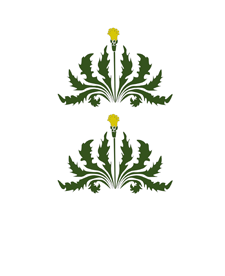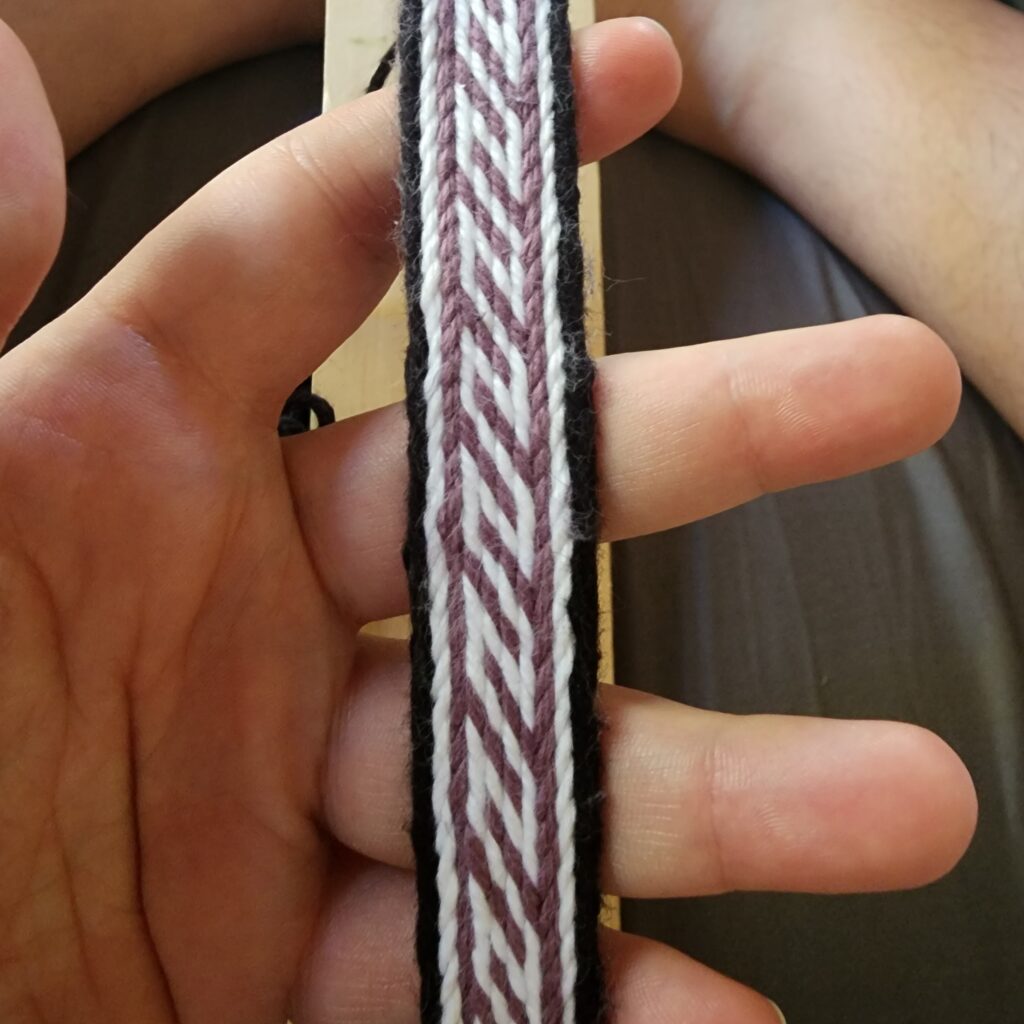Evidence of humans weaving cloth can be found dating as far back as over 20,000 years ago. 1 As a species, we’ve been finding ways to twist, knot, and otherwise connect strands of fiber for a very long time. Weaving is only one of those techniques, but it’s an important one.
There’s no single way to weave, but there are some basic principles that apply to most (if not all) weaving techniques.
Weaving Vocabulary
- Loom- Any type of structure that holds tension on the warp threads for weaving. Some looms, especially more modern styles, may also move these warp threads to ease weaving or create patterns.
- Warp- The threads that run lengthwise in the textile being woven.
- Weft- The threads that are being woven into the warp widthwise.
- Shed- The space between warp threads where the weft is placed.
Weaving at its absolute most basic is just warp threads held under tension with weft threads worked in between them from one side to the other and back again, over and over. The specific pattern in which they are worked in, however, makes a huge difference in the appearance and texture of the finished textile piece. This can be done in many patterns, but the most basic is typically alternating the weft going over, then under the warp, followed by a row of under, then over.
- While this blog primarily focuses on textile arts from medieval Europe, Cambridge University has a fascinating project if you are interested in Paleolithic weaving. https://www.arch.cam.ac.uk/research/projects/archived-projects/origins-weaving-project ↩︎

